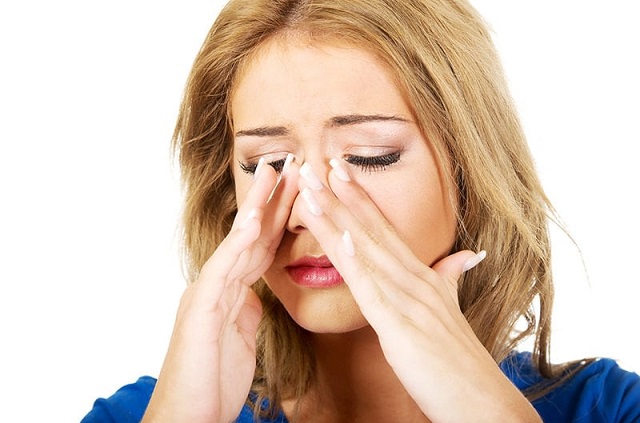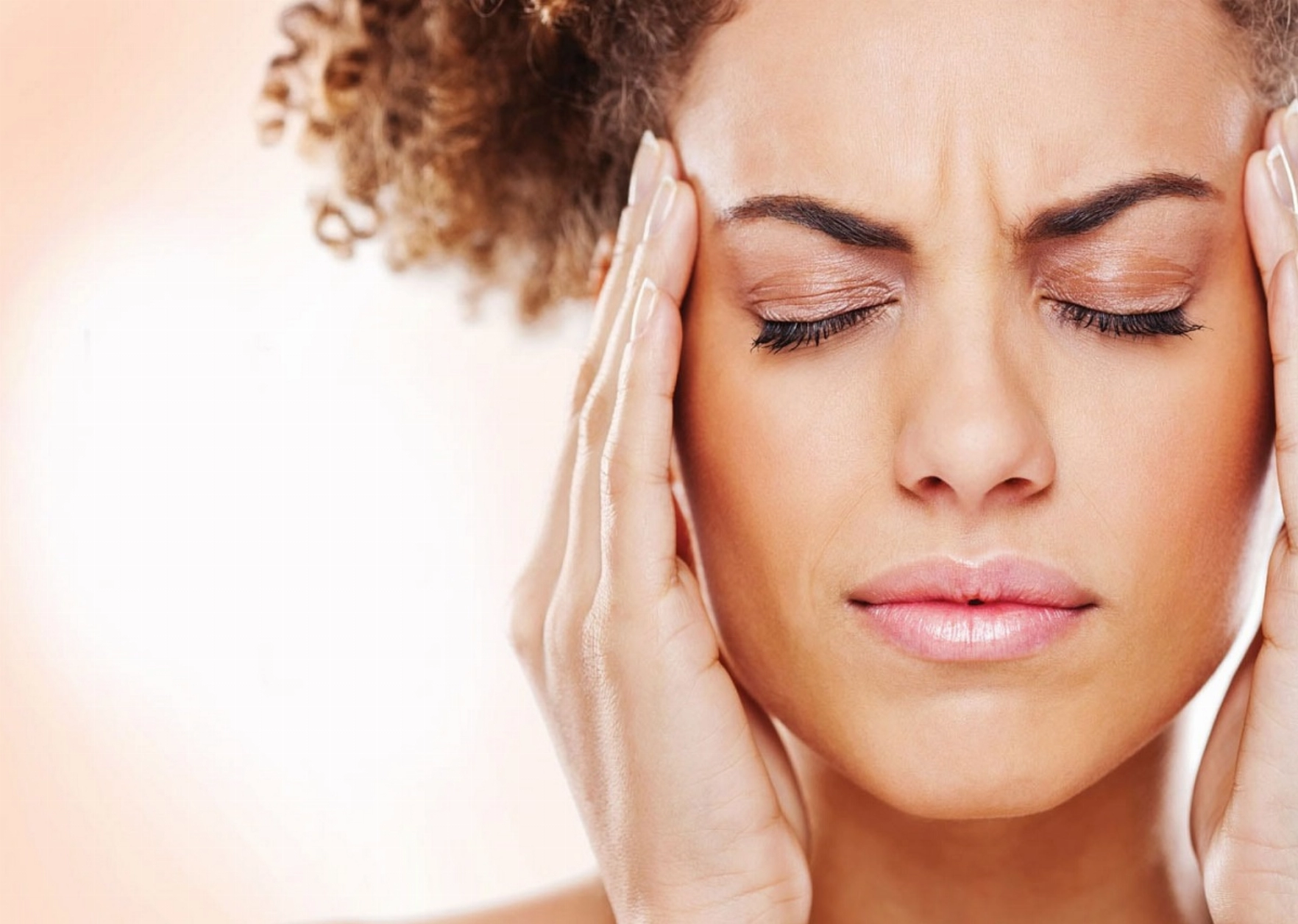Do you know what the temple headache is?
We all know how awful it is to have a headache. And we usually assume that all such aches are similar. But did you know that the temple headache can turn out to be one of the most challenging ones? Indeed, it is not identical in intensity with a migraine, but the pain and discomfort it can cause can take a toll on our wellbeing. If you are interested in finding out about what the temple headache is, this article is for you. up next, we’ve shared our insights on this common pain and how to overcome it. Let’s see how you can lessen your pain and discomfort in no time.

What is the temple headache?
As the name suggests, this ache refers to pain and discomfort in your temples. It can have several triggering factors, yet most people complain about the feeling of tension. Keep in mind that this pain can quickly transform into a migraine, which is why it is highly recommended to deal with it as soon as it sets in.
What are the main causes of a temple headache?
So, the pressure in your temples can be triggered by a wide array of factors. Some of these include the following.
#1 Tension headache
A tension headache is the one that causes pressure and pain in your temples. In most cases, this is the leading cause of your discomfort and can lead to mild to moderate pain. Overall, you will feel like there is a tight band wrapped around your head. Some experts believe that stress contributes to the tension in your temple. This type of problem can last between a few hours or days.
#2 Migraine
As mentioned above, if you overlook the pressure in your temple, you can experience a migraine. But at the same time, if you suffer from frequent migraines, you might discover that there is a lot of pressure on your temples. A migraine can lead to throbbing pain on both your temples, along with a lot of pressure on your forehead.

Some of the most common symptoms are:
- Nausea and vomiting
- Light sensitivity
At the same time, there are plenty of triggers for migraine, like:
- Insomnia or lack of proper sleep
- Stress
- Weather fluctuations
- Red wine
- Physical exhaustion.
#3 Cervical spine problems
In case you didn’t know already, cervical issues can lead to a lot of tension felt in your temples. Also, you might feel a lot of neck pain, and many mistake this problem with migraines. Still, several symptoms indicate you have problems with your cervical spine, such as dizziness, limited neck mobility, and pain in your neck, shoulders, and arms.
#4 Temporomandibular joint and muscle disorders (TMJ)
Another triggering factor for temple headaches is TMJ. This is a condition that causes a dysfunction in the muscles responsible for the jaw movement. Besides jaw pain, it can lead to a lot of pain and pressure in your temples. Other symptoms include radiating pain when chewing, jaw stiffness, and an overall modification in how your teeth fit together.
#5 Sinus issues
Sinus infections or allergies, if left untreated, cause a lot of tension in your temples and forehead. Keep in mind that this is usually accompanied by fever, fatigue, and a runny nose. This is why it is always best to ask for medical advice if such symptoms join your temple headache.

#6 Meningitis
Meningitis has a wide array of symptoms, and because it represents swelling of the membranes shielding the brain and spinal cord, the pain usually radiates towards your temples. The leading symptoms of meningitis are:
- headache
- stiff neck
- sudden fever
- fatigue
- nausea
- irritability
- confusion
When to see a doctor for a temple headache?
It is not necessary to see your medical practitioner right away. A temple headache can resolve in up to 48 hours. Still, if you have additional symptoms as mentioned above, and your overall wellbeing is significantly deteriorated, it is always best to ask for medical advice.

As suggested, the temple headache can hide serious health problems, which can be diagnosed only by a doctor. If the pressure in your temples is a direct result of a head injury or if a fever follows it, you should rush to the ER immediately.
Anyhow, temple headaches are the most common complaint in adults and can be relieved with some OTC pain relievers. Also , improving your posture and dealing with stress can significantly decrease the chances of you experiencing such discomfort.
, improving your posture and dealing with stress can significantly decrease the chances of you experiencing such discomfort.
updates?










0